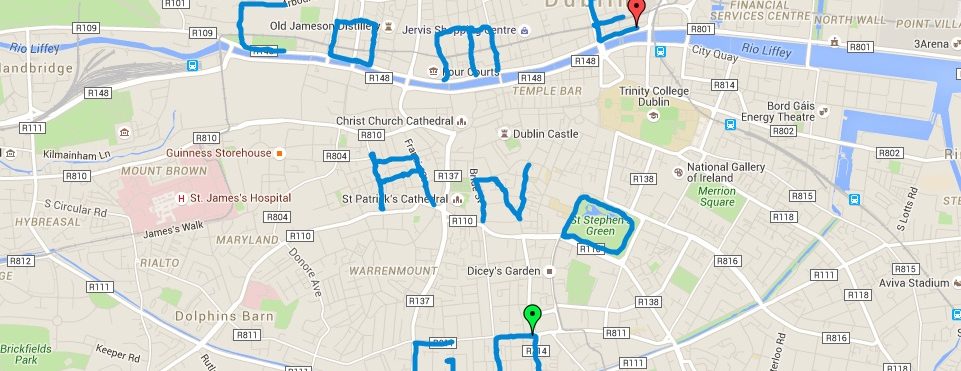2009 Wireless
Prognósticos do Glenn Fleishman no Wi-Fi Networking News sobre o mundo sem fio em 2009. A tônica é a expansão das redes sem fio e a convergência de serviços como SMS, Wi-MAx ou Twitter. Sobre o futuro do mundo wireless veja também o curto depoimento de Giles Lanes, do Proboscis, no número especial sobre “Wireless Future” do node.london
O mundo sem fio em 2009 por Fleishman:
“(…) LTE. Long Term Evolution, the GSM-evolved fourth-generation (4G) cell data standard, should appear in commercial form in 2010, but we’re going to hear a lot about it in 2009. We may even see some test markets. Verizon sounds like they promised at least one production market for regular use.
LTE and WiMax convergence. There’s apparently enough interest in converging the mismatched elements of LTE and WiMax that we may see a full-fledged convergence effort in 2009. This would mean that nearly all 4G efforts worldwide could come together around two intercompatible standards.
Train Fi. Yes, I’ve been writing about Internet access in trains for a few years. It’s finally arrived. The faster cellular data speeds, the brief huge spike in oil prices, and lengthy tests that have concluded successfully are finally leading to Wi-Fi-based access being installed on commuter and long-haul trains worldwide. In the U.S., the BART system in the San Francisco Bay Area could wind up being the largest such deployment in 2009. But train-Fi has broken out all over.
SMS Fi. Twitter or a firm like it will move to supplant the ridiculous cost of SMS, especially for smartphone owners with unlimited data plans, by offering an SMS-like service for a pittance with gateway service to existing SMS offerings. Wi-Fi and 3G will be the preferred method. With carriers pursuing predatory pricing on SMS, the only universal messaging format, an alternative will be formed out of the pressure. Coal becomes diamond.
Very high speed Wi-Fi’s first steps. In 2008, representatives most from chipmakers worked through the formation of two new 802.11 task groups for Very High Throughput wireless LANs: one, formed late in the year, 802.11ac will cover frequencies below 6 GHz; the other, likely to be 802.11ad, will cover the 60 GHz band, used for millimeter-band radar and with SiBeam’s video streaming approach. The goal is for 1 Gbps or faster raw throughput rates. A timeline isn’t yet set; given how the group and manufacturers work, it might be 2010 before we see 802.11ac devices and longer for 802.11ad.(…)”
Futuro do mundo sem fio por Giles Lane:
“The focus on technology deployments must go hand in hand with sensitive community development work, otherwise there is a danger that only the ‘early adopters’ and people most like those excited by the technologies will participate and this will exacerbate a ‘digital divide’.
It is important to remember that wireless technologies are just plumbing – the focus on what applications and services they will enable is critical. If all they offer is untethered internet access, then what exactly is so radical or transformative about that? It is, in fact, the services and opportunities that they give access to that is the crucial issue. The biggest hurdle seems to me to be orchestrating and mediating not only the different technologies that wireless access could enable but also the social, cultural, political and economic forces that will shape and determine the uses of such technologies.
We need to be developing projects that have not only a technology factor but also work closely with actual people and communities. We need to develop creative projects and approaches that understand the broader policy frameworks and how to lobby for change; projects that understand and can envision a wide range of economic benefits (tangible and intangible) and articulate their value in everyday terms; and that add richness to the cultural background of our society.”

